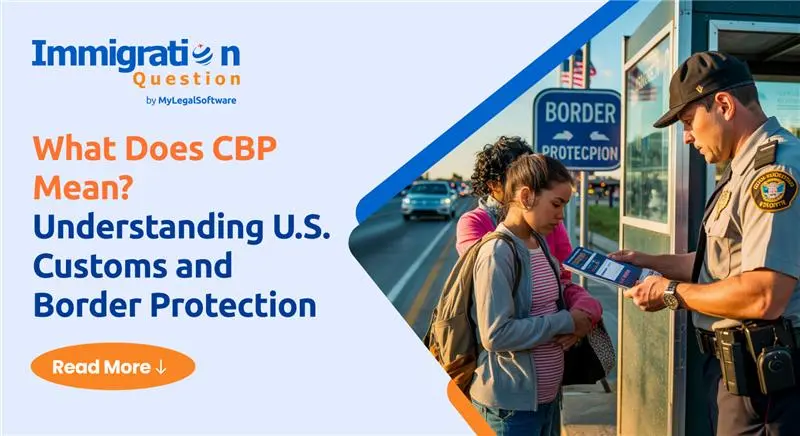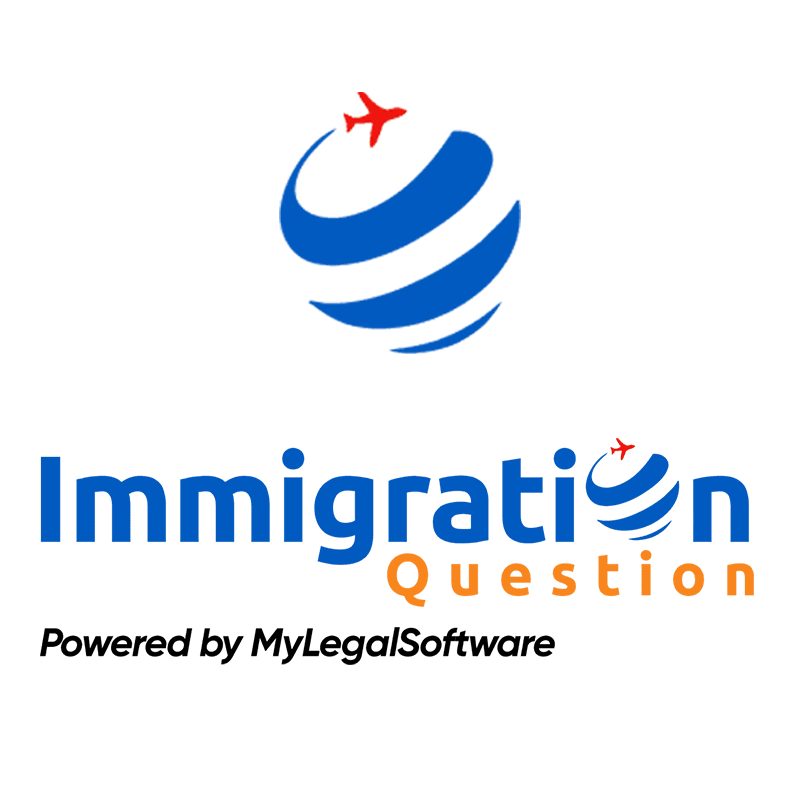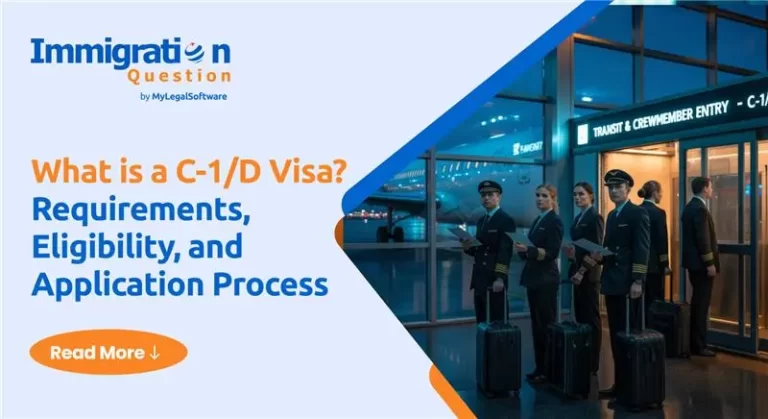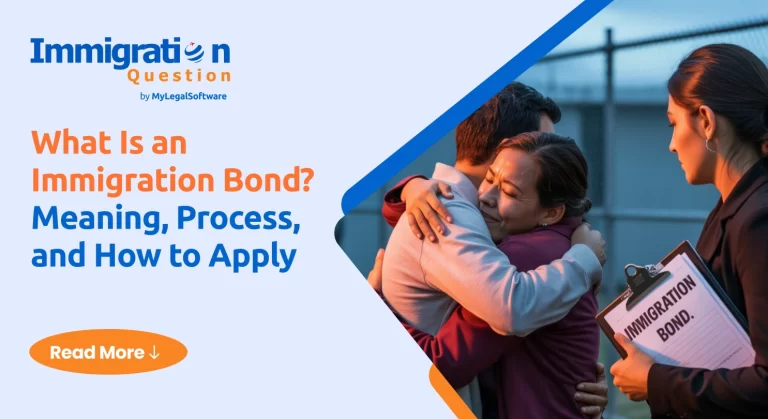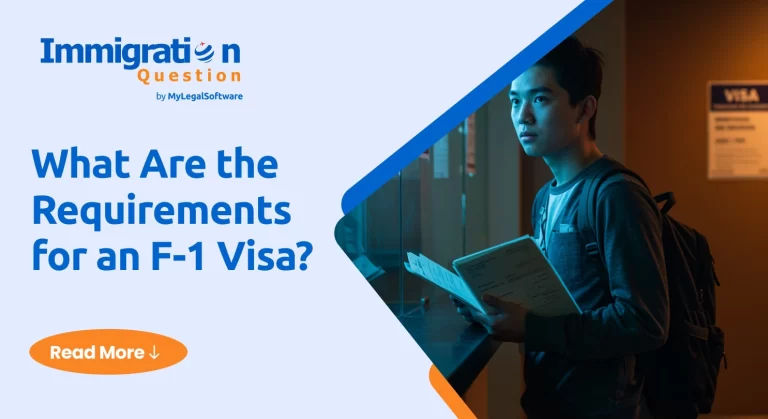If you’ve traveled abroad or have had to deal with immigration, you are likely to have encountered CBP. This abbreviation is seen at airports, land borders, and seaports of the United States. It is important to know what CBP is and how this agency functions for anyone passing the borders of United States.
CBP is commonly misinterpreted by immigrants and travelers in relation to what powers do they hold, resulting in some form of disorder in terms of the entry process. This misunderstanding at times can lead to avoidable hiccups that stem from lack of sufficient knowledge.
What is CBP?
CBP stands for Customs and Border Protection. It happens to be one of the most massive law enforcement jurisdictions in the United States. This was formed in 2003 after the event of 9/11 and was part of an overhaul plan to enhance the security of the country. CBP is under the DHS or Department of Homeland Security.
Keeping in consideration how CBP withdrew from the Department of Homeland Security, the duties and responsibilities shifted significantly. CBP’s general aim is defending the USA, safeguarding trade and travel circulation. Put simply, when entering the United States, CBP agents are the very first individuals you encounter. They are on guard to intercept foreign terrorists or arms attempting to illegally cross the border and to obey dozens of laws and regulations pertaining to import taxation.
Core Duties of U.S. Customs and Border Protection
CBP’s main responsibilities cover several key areas:
- Securing Borders: CBP monitors all entry points—land, air, and sea—to stop illegal crossings and catch potential threats.
- Screening People and Goods: They check travelers, vehicles, and cargo for anything illegal or dangerous.
- Stopping Smuggling: CBP plays a major role in catching people smuggling drugs, weapons, or even counterfeit goods.
- Protecting Agriculture: They make sure food, plants, and animals coming into the U.S. don’t carry harmful pests or diseases.
- Enforcing trade laws: CBP enforces trade laws, prevents counterfeit goods from entering U.S. markets, and collects duties on imported merchandise.
The Three Key Branches of Customs and Border Protection
Customs and Border Protection operates through three distinct operational branches, each with specialized functions:
Customs and Border Protection is made up of three major divisions, each with a unique role:
Office of Field Operations (OFO)
These are the Customs and Border Protection officers you see at airports and land crossings. They’re responsible for:
- Checking travel documents
- Inspecting luggage
- Screening for customs violations
- Conducting agricultural inspections
U.S. Border Patrol
Unlike OFO officers, Border Patrol agents work between ports of entry. You’ll find them patrolling remote stretches of the border, looking for people who crossed without inspection.
Air and Marine Operations (AMO)
This branch operates in the sky and on the water. They use helicopters, drones, and boats to monitor airspace and coastlines, often supporting Border Patrol on the ground.
Together, these branches form a tight web of security and enforcement across the country’s borders.
Many people confuse Customs officers and Border Patrol agents, but they serve different functions in different locations. Customs officers work at official ports of entry, while Border Patrol agents operate between these ports in rural border areas.
How CBP Affects Travelers and Immigrants
For international travelers and immigrants, CBP is often the first U.S. government agency they encounter. Here’s what happens during CBP processing:
- Document Review: You’ll need a passport, visa, or green card. CBP checks these against national databases.
- Interview: Officers may ask about your trip, where you’re staying, or how long you plan to stay.
- Secondary Inspection: Some travelers are taken aside for more questions. It doesn’t always mean trouble—it might just be a routine check.
- Customs Declaration: You’ll declare any goods you’re bringing in and pay duties if required.
- Agricultural Check: CBP will inspect for banned food, plants, or animals.
CBP has the authority to deny entry to non-U.S. citizens if officers determine they’re inadmissible under immigration law. Common reasons for denial include insufficient documentation, previous immigration violations, criminal history, or security concerns.
Common CBP Encounters and How to Navigate Them
Understanding typical CBP procedures can help make your entry process smoother:
- Airport Arrivals: After offboarding the plane, follow signs to CBP processing points. U.S. citizens and permanent residents usually use automated kiosks or dedicated lanes. Have your passport and customs declaration ready. Answer questions truthfully.
- Land Border Crossings: Prepare documents before reaching the inspection booth. Everyone in the vehicle must present proper identification. Be prepared to explain the purpose of your trip and any items you’re bringing across the border.
- Answering CBP Questions: Officers are trained to ask direct questions about your travel. While the questioning might seem intrusive, providing clear, honest answers is important. You’re not required to answer questions about your religion, political beliefs, or other protected categories.
When You Might Need Legal Help with CBP Issues
Not every CBP encounter goes smoothly. In some cases, you may need to speak with an immigration attorney—especially if:
- You’re denied entry, even with a valid visa.
- You’re placed in expedited removal (a fast-track deportation process).
- Some of your items are confiscated, and you believe they’re not against the law
- You have issues with expired or incorrect documents.
- You’re detained for further questioning or transferred to ICE custody.
In these situations, consulting with an immigration attorney who understands CBP procedures and regulations can make a significant difference in the outcome.
Final Thoughts
CBP is one of the most important agencies when it comes to U.S. borders, immigration, and international travel. Whether you’re entering the U.S. for vacation, business, or to start a new life, knowing what CBP does—and how to interact with its officers—can make a big difference.
If you’re ever unsure about what to expect—or if you’ve run into a problem at the border—it’s smart to talk to someone who knows the system. Ask your questions on Immigration Question, where you can have immigration attorneys answer in hours. You can also find experienced immigration lawyers who can help you through any immigration challenge you may be facing.
Frequently Asked Questions
What’s the difference between CBP and ICE?
CBP operates at borders and ports of entry, controlling who and what enters the United States. ICE (Immigration and Customs Enforcement) works primarily within the country, focusing on investigating immigration violations, detaining and removing people who are in the U.S. unlawfully.
Do I need specific documents when dealing with CBP at airports?
U.S. citizens need a valid passport for international travel, while permanent residents require a green card. Visitors need a passport and either a visa or ESTA approval, depending on their country of citizenship and purpose of visit.
Can CBP detain a U.S. citizen?
Yes, CBP can briefly detain a U.S. citizen for inspection if there are questions about identity or items being brought into the country.
What happens if I bring undeclared goods through CBP?
If CBP discovers undeclared items, they may seize the goods and issue fines or penalties. In serious cases, it can also affect your immigration status or future entries.

